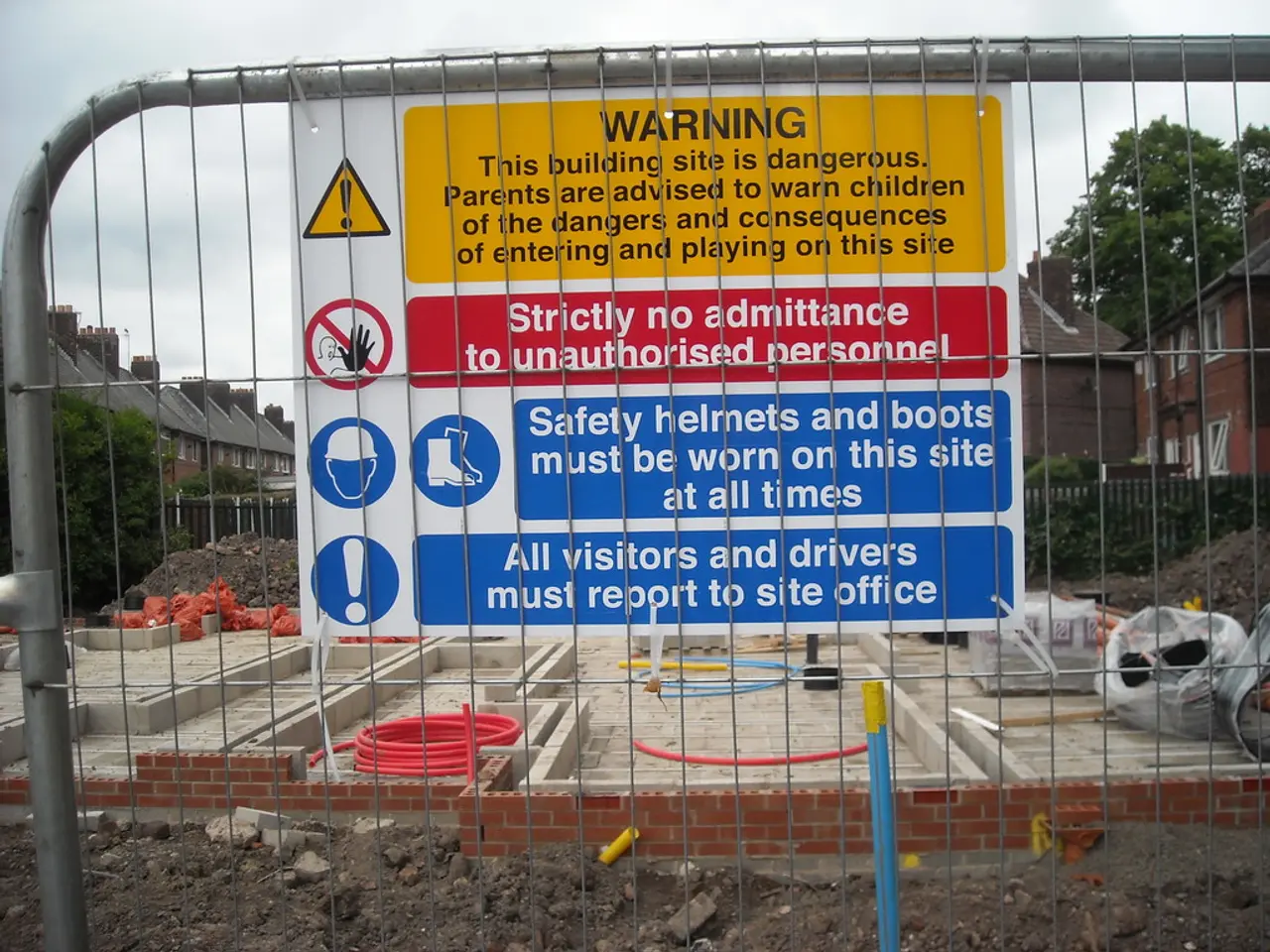Brace Yourself for an Outdoor Earthquake
As a country with active fault lines, New Zealand is prone to earthquakes, making it crucial for outdoor adventurers to be well-prepared when exploring its stunning landscapes. Here are some specific tips to help you navigate potential risks and stay safe during an earthquake.
**Know the Local Geography and Risks**
Before embarking on your adventure, familiarize yourself with the terrain and potential hazards in the area. This includes understanding the quickest routes to safer places or evacuation points, especially in popular destinations such as Aoraki/Mt Cook National Park or the South Island’s great walks like the Kepler Track.
**Plan Ahead**
Check with local guides or visitor centres for any recent earthquake activity or warnings in the area. Carry a reliable communication device, even if mobile coverage is patchy, especially in remote areas or on the North Island.
**Emergency Supplies**
In addition to your regular camping gear, it's essential to pack an emergency kit suitable for wilderness conditions. This should include water, food, a first aid kit, a flashlight, a whistle, and a safety helmet if you expect to be near cliffs or unstable rock formations prone to collapse during shaking.
**During an Earthquake**
If you're outdoors during an earthquake, move away from cliffs, rock faces, and tall trees that might fall. Find an open area away from hazards such as rivers or unstable slopes. Drop, cover, and hold if possible, but prioritize moving to a safe open space since cover may not be available outdoors.
**Post-Earthquake**
After the shaking stops, be prepared for aftershocks and move cautiously to avoid areas damaged by the quake. Follow guide or local instructions for regrouping, evacuation, or accessing help. Always carry identification, health information, and emergency contact details.
**Learn from Local Experience**
Events like Christchurch’s 2011 earthquake have shown the importance of being adaptable and calm during a quake. Listening to guides and locals, and taking their advice seriously, can be life-saving.
By integrating these tips into your adventurous activities in New Zealand, you can better ensure your safety and preparedness while enjoying the country’s exceptional outdoor landscapes.
Additional supplies to keep in your car include a sleeping bag, emergency shelter, cooking equipment and fuel, water, food, a full first aid kit, a radio, and a power bank for your phone.
In a hut, turn off the gas and beware of broken glass, objects on the floor, and articles stored overhead. If you smell gas or hear a blowing or hissing noise, open a window and evacuate until the gas cylinder is turned off and the air is clear of any gas smell. Put your boots on and move any items that pose a tripping or falling hazard.
Remember, it's likely you won't have enough water with you for a longer-than-expected stay in the bush, so a water purifying system should be carried. Aotearoa has active fault lines that could cause a significant earthquake at any time, so it's best to be prepared for any eventuality.
While enjoying New Zealand's stunning outdoor landscapes, incorporating environmental science principles into your adventure can enhance your safety. For instance, in home-and-garden activities like camping, having an emergency kit with essentials like water, a first aid kit, and a flashlight is crucial for wilderness conditions, much like understanding the importance of outdoor-living essentials such as choosing a safe campsite away from cliffs and tall trees during an earthquake. Additionally, being aware of local environmental issues, like the country's susceptibility to earthquakes due to its active fault lines, can contribute significantly to maintaining a sustainable lifestyle in line with the principles of environmental science.



